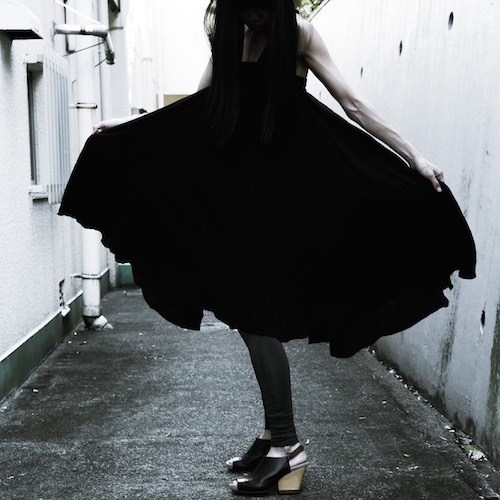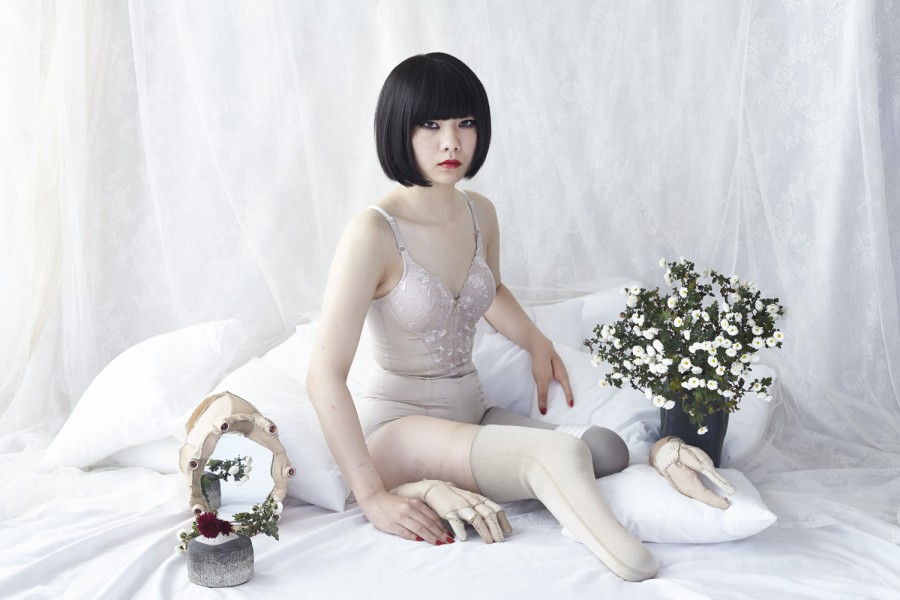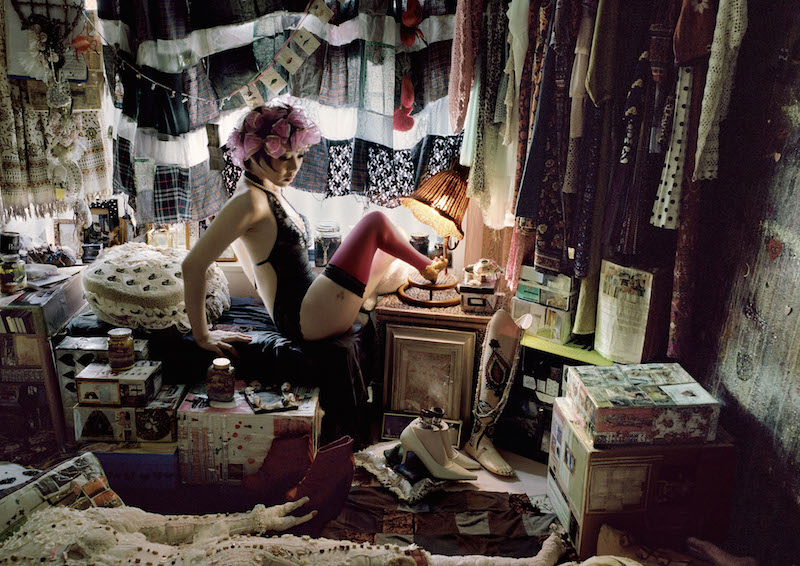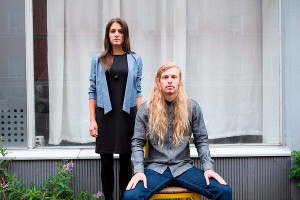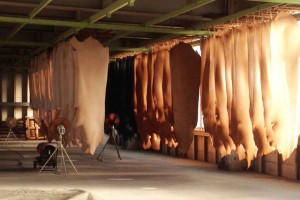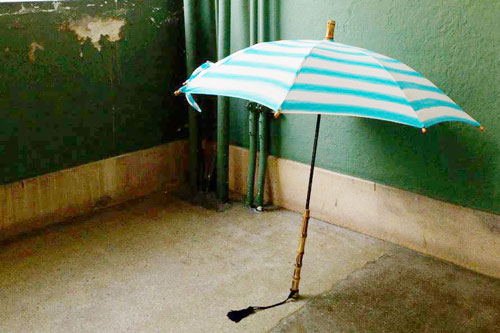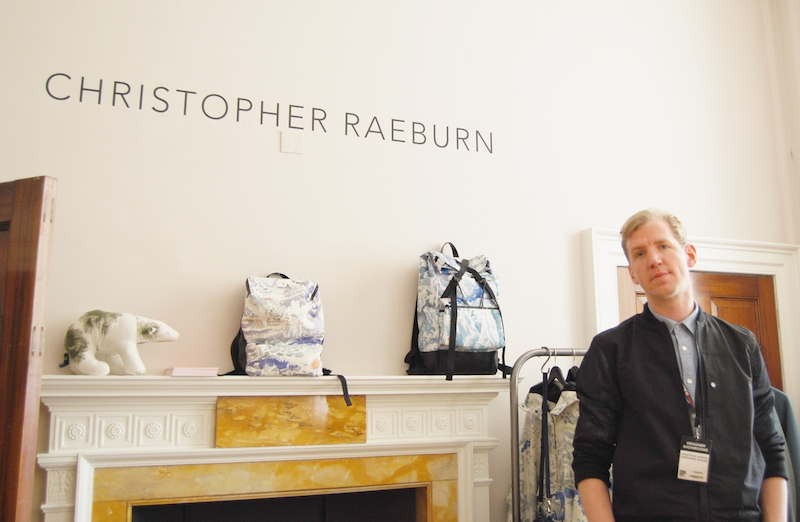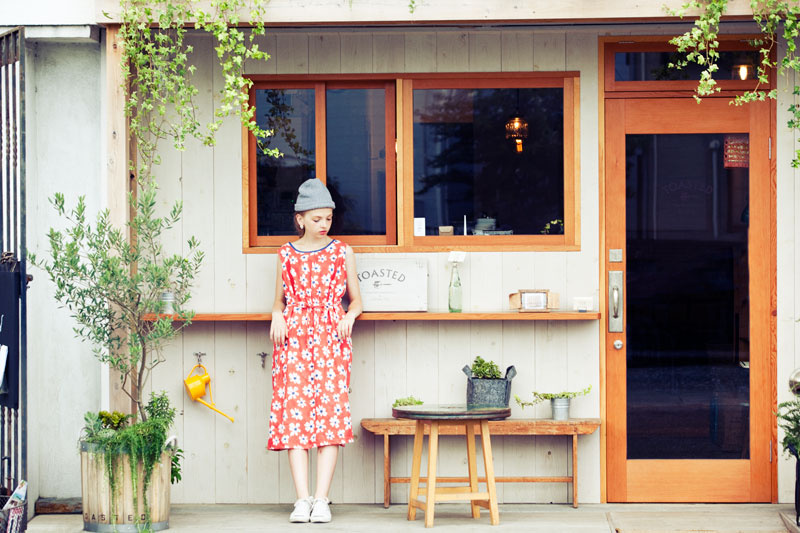PASS THE BATON is a new type of recycle shop with two locations, in the center of Tokyo-Marunouchi and Omotesando, both of which are on the leading edge of the economy and trends. Masamichi TOYAMA, the President of Smiles: Co., LTD., the company that runs PASS THE BATON, first received an offer to do something with a new commercial building in Marunouchi.
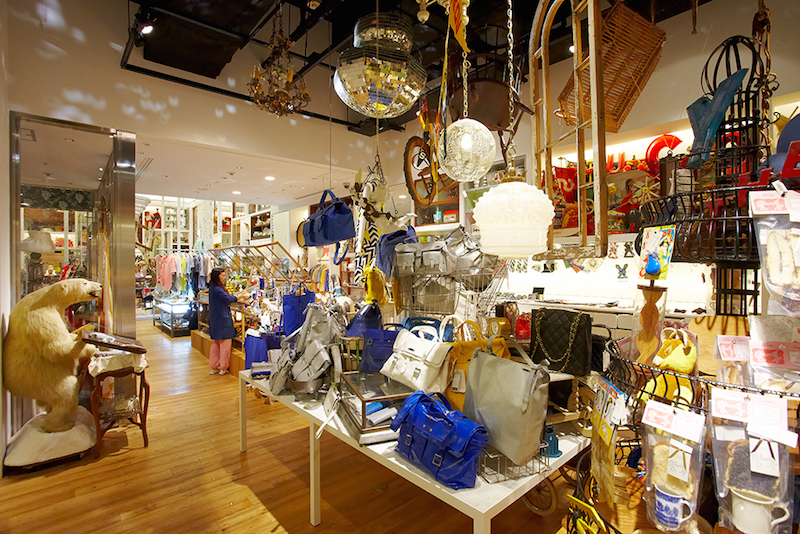
He remembered that there are no cool recycle shops in Tokyo. He also liked the idea of having a recycle shop in a very urban place like Marunouchi. So, he decided to create a new type of recycle shop, which would create an innovative new image of recycling.
Inside PASS THE BATON, there’s literally everything. There is general merchandise, books, clothes and more, just like in a garage sale. However, it is also like a sophisticated vintage shop filled with the owner’s favorites from Europe, and with the addition of the urban atmosphere, the store makes you feel like you are at a very special place indeed, where you will find something truly special.
So, what exactly is new with recycle here? How did he innovated recycle shop? We asked TOYAMA.

— As you said, we still all have the image that 3R (recycle, remake, reuse) things are not fashionable. Where do you think that comes from? How did PASS THE BATON overcome this image barrier?
Recycling is all about the circulation of the items—making the cycle of the items. At a recycle shop, no matter if the item is good or not, as long as it is can be used, it can go on in the cycle. So, I think this tolerance makes the recycle shop kind of like a place that is a heap of “everything”—rubbish and treasures are all piled up in one place and clamoring. So I think it is kind of fated for a recycle shop to be unorganized, which leads to the image of “unfashionable.”However, when it comes to a vintage shop, there’s a buyer who chooses and judges which items are good enough for the shop or not.
For PASS THE BATON, I intended to go between the recycle shop and the vintage shop. The customer who brings in the items himself plays the role of buyer for PASS THE BATON, and judges which items are suitable for this place. This place is not just like an ordinary recycle shop; it has a unique atmosphere. Also, the items for sale are presented not only through their images, but also by a brief profile of the seller and a short anecdote about the item. I think this makes exhibitors feel like you can’t just bring everything here. While PASS THE BATON allows anyone to bring anything, the items are still judged by the exhibitor himself.
— Here, you sell literally everything: books, tableware, fashion items, Japanese antique homewares, European antiques, sunglasses, accessories… But there’s a unique atmosphere that implies a message about what kind of items are suitable for this place. What kinds of things did you tell design team to describe what you had in mind for PASS THE BATON?
My keyword was “Age, Nationality—Unknown.” I wanted to make it like treasure hunting, traveling around the world. When you go around a curve, you may find yourself in a cave. Then when you go around another curve, you may find yourself in an Amazon jungle—something like that. There may be piles of antique kitchenwares. There may be piles of antique brooches, as if you just found piles of gold.
More precisely, I made myself a present, a package of chocolate and a soba-noodle cup, and showed it to the interior designer, saying, “I want to sell soba-noodle cups like this.” I think that you would not choose soba-noodle cups or any Japanese traditional antiques as a present, because it depends greatly on individual taste whether it is liked or not. However, if it’s wrapped neatly and it has refreshments like chocolate with it, it makes it a lot more attainable. Also, it offers a new look to it. I described it as “bewitched”—bewitching an unwanted item and presenting a brand new look.
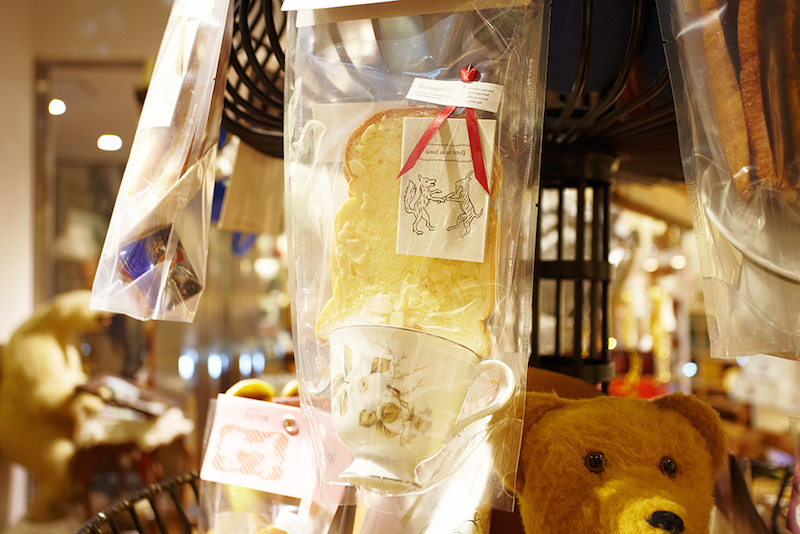
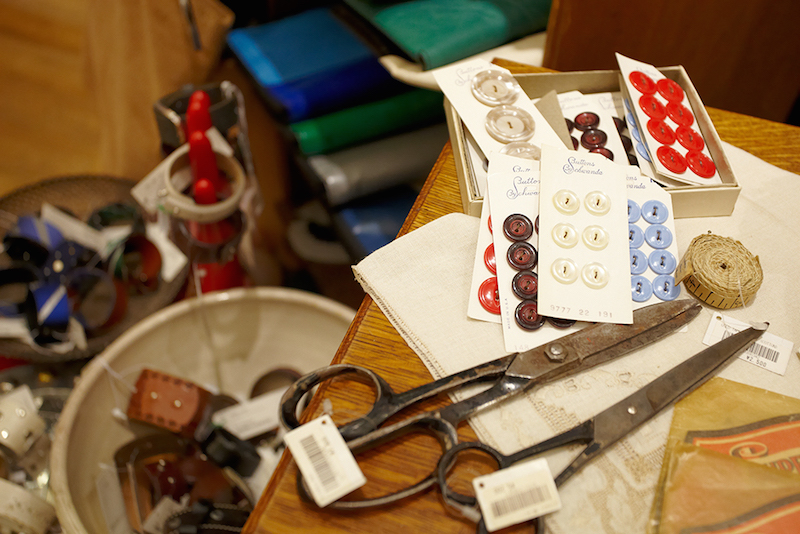
— In terms of presenting a new look, you do a lot of collaborations with a dead stock of oddments.
Yes, for example, we have original, redesigned items of outlet business tableware. About 20% of the total product ends up with a small blot of iron powder, and usually, these outlet goods are crushed and disposed of. But that is such a waste. So we collaborated with Akira MINAGAWA, the designer of minä perhonen. We had his illustration printed on them, and we sell them. We added a new light to what was supposed to be garbage, to make it look better. Japan’s production checks are too strict. Even a small difference is not accepted. It is too sad to see them thrown away, even though there are no problems with usage.
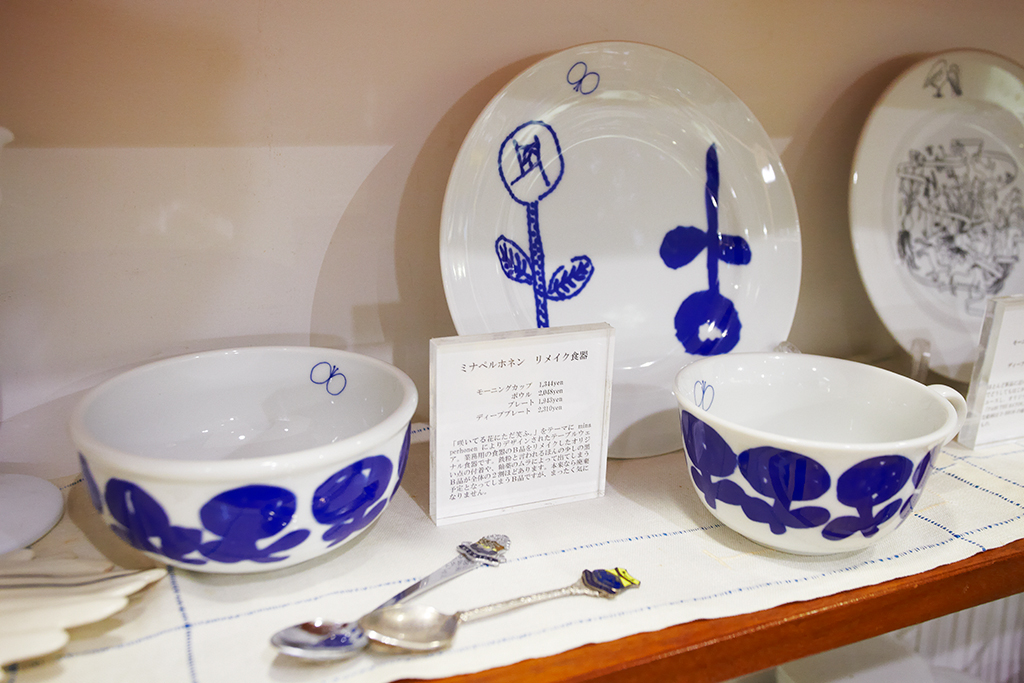
minä perhonen collaboration tablewares
As another example, we did an in-shop dead stock fabric shop with THEATRE PRODUCTS, as well as selling remade fashion items using their dead stock fabrics. Inside the THEATRE PRODUCTS‘ warehouse, there are vast amount of fabric stocks that they made with Japanese factories and artisans each season. If the fabric just stays inside the warehouse, no one could figure out what to do with all these fabrics. However, by doing these kinds of in-shop specials, the brand could present fabric in a new way. By selling the fabric itself, the customers themselves could find and add new value to it. By collaborating with us, we offer a chance to create a new look, add value and sell it. These are what we call “relight.” We’ll have more of these.
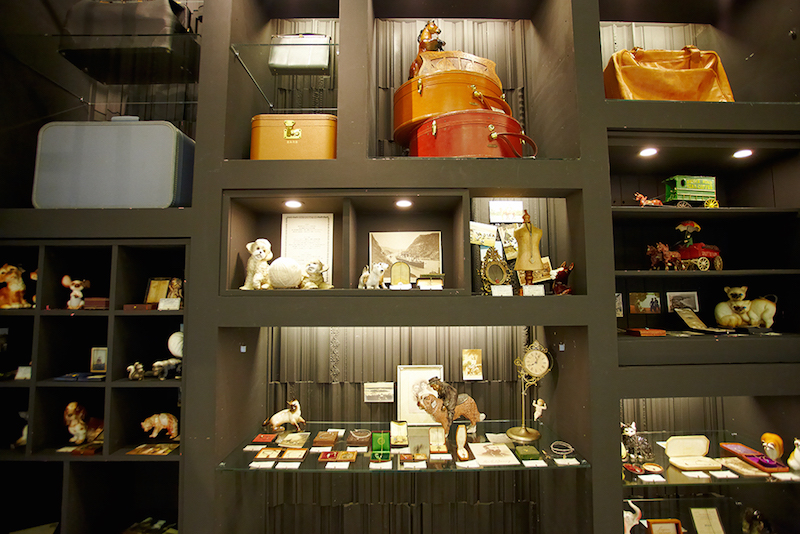
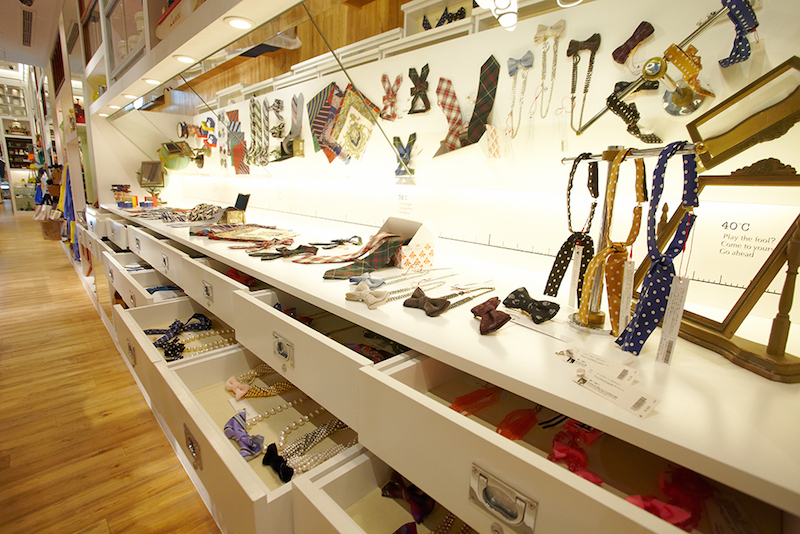
— So what is new about PASS THE BATON is that this is the place to let people act on passing on the baton of culture, not just passing on items. This is the place for each one of us to bewitch and relight the items. It implies that products can’t add value or stories by themselves.
Exactly. After all, I think it is that we realized a system to deal fairly the customers’ feeling of “mottainai.” Mottainai is the sense of regret that occurs when the value of a product or resource is not properly utilized and wasted. When I was still planning PASS THE BATON, I actually packed two bags filled with shirts that I no longer wore and I went to a recycle shop to sell them. The two bags of shirts were priced at 980JPY. Indeed, it is better than throwing them away, but I brought the shirts in because I felt it was mottainai to throw them away, and I wished them to be utilized again properly. So 980JPY wasn’t equal to my feelings.
Anyone who brings items in to recycle shops, and although they no longer wear them, they still want to cherish the story and memory they have with the item,Conventional recycle shops won’t evaluate the story each person had with the items. Some may be their favorites, but maybe they have chosen to sell them simply because the shirt is now too young for their age. Perhaps one was bought in Italy, where he visited on his honeymoon. Can 50JPY or 100JPY per item reflect the feelings and memories that are attached to it?

— How does PASS THE BATON properly handle the mottainai feelings that the customers have about the items?
At PASS THE BATON, we first listen to the exhibitors, to find out what price they want to sell their items for. Then, our staff negotiates to reach a price agreement for both sides. For example, you can sell a vintage shirt that you bought in Italy during your honeymoon at 2000-3000JPY, which may be priced at 80JPY at conventional recycle shops.
Also, we have the customer who purchased the item write a message back to the exhibitor. We ask the customer to write how he or she would like to use the item, and why he or she wanted the item. Then we deliver the cards to the exhibitor. They really love this.
— As the company Smiles:, you first developed the soup chain Soup Stock Tokyo. Did that affect how you created PASS THE BATON?
Soup Stock Tokyo is a fast-food chain. By developing Soup Stock Tokyo, I was able to get away from sticking to what I don’t really need to, like limiting the target cluster. For Soup Stock Tokyo, I had to make it open to anyone as a fast-food chain—foreigners, the elderly, teenagers, businessmen, anybody can come in. However, at the same time, I wanted to have a sophisticated image. It was a very nice challenge to make a shop that is non-exclusive, but cool and sophisticated.
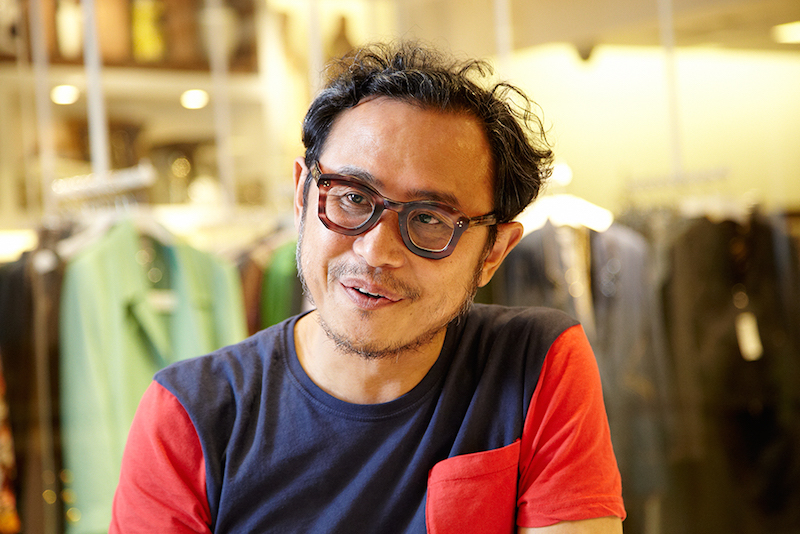
— You also develop fashion brands as Smiles:. What do you think is important for fashion brands in this age?
As Smiles:, I try to be open. We will launch a new brand, my panda, using a micro-funding system provided by PARCO (*a popular fashion department chain). About 70 people have invested in this brand in advance, and while creating the items, we had meetings with the investors. However, since this was quite an interesting system, it was more focused on business media rather than on fashion media, so most of the investors were businessmen, which wasn’t the primary target of the brand. In these kinds of cases, you may think you might not want to listen to what people outside of the target may say. But I found it really fun to listen to them, and I was simply very happy to see them say “Kawaii! (Cute!)” and “Very nice!” as the product was made.
It is the same thing as Soup Stock Tokyo—it’s non-exclusive. I love exclusive restaurants and brands, but by being non-exclusive and trying to listen to the “outsiders” you are able to find new ways, and this is a very fun way to develop business.
— You are also an artist. Are there any books/music/artists that you would recommend in order to feel the atmosphere in Japan now?
I liked the painted bus by Ichiro ENDO. It’s painted “GO FOR FUTURE” really big on the side of the bus. I think that is kind of what is needed in Japan right now, in this heavy atmosphere after the 3.11 earthquake. Also, we recently installed art pieces by Kohei NAWA at our office.
— Do you think that how people accept the idea of recycling has changed since the 3.11 earthquake?
Well, I don’t know. The sense of “mottainai” is within anyone, anytime. But maybe we all try more to be honest with that sense.
(Interview Ends)
What sticks to the image of “recycle,” may be the sense of “affluence,” which makes people take for granted that we have everything we need in our lives. This image may have been making “recycle” something too common. PASS THE BATON reminds people that each item has something to do with someone in his or her moment of life. What makes PASS THE BATON special is that every item in the shop offers a chance to each customer to feel, and cherish—to relight—the personal relationship with the item. Nonetheless, another thing that the shop also reminds us, is the fact that no one else, except for the actual person who uses the item, can add value or a story to a product.

